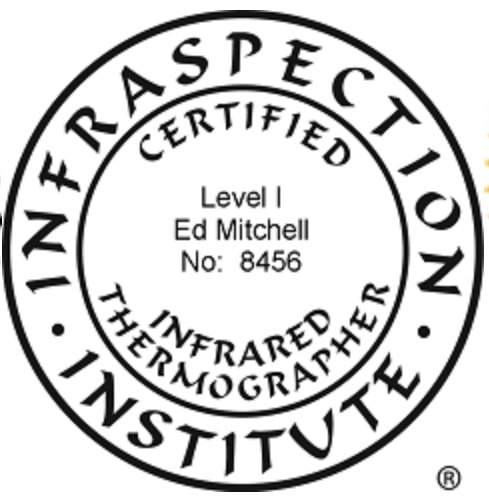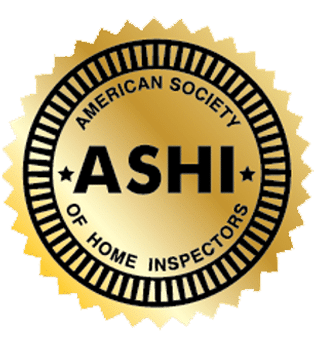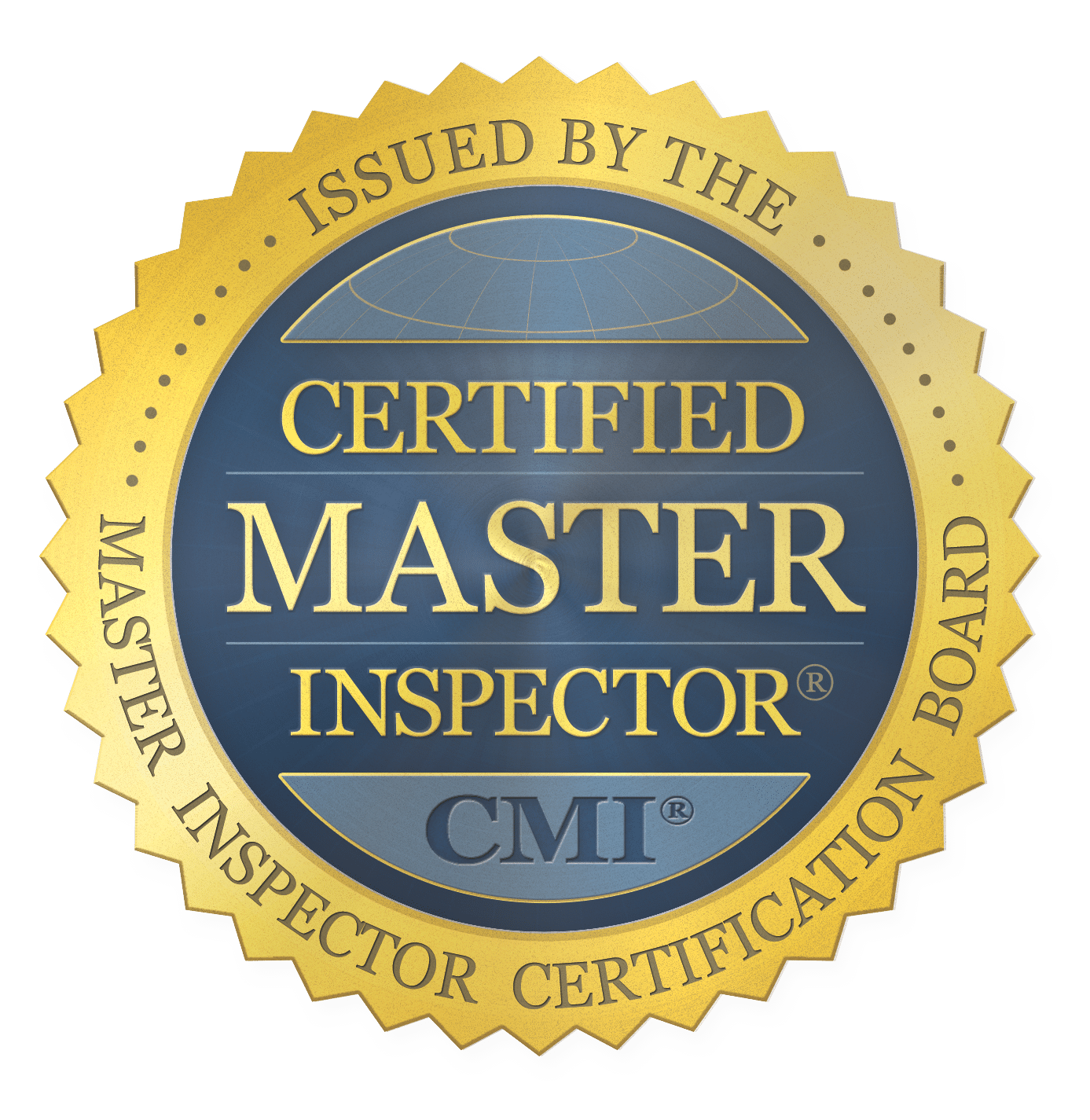During a recent home inspection in Cherry Hill, NJ, I observed significant microbial growth on the lower section of an interior wall located inside the home’s mechanical room. Findings like this are more than cosmetic—they’re a warning sign that moisture is entering the home where it shouldn’t.
The affected wall is one that faces the exterior of the property. When microbial growth appears on an interior surface connected to an exterior wall, it often indicates that water may be getting in from behind the siding, through damaged flashing, or from improper grading or drainage.
Moisture intrusion and microbial growth inside a home can lead to several issues:
Moisture can deteriorate drywall, insulation, and even framing components over time, weakening structural integrity.
Microbial growth may contribute to elevated humidity and airborne particles that can affect the comfort and health of occupants.
Mechanical rooms often contain HVAC units, water heaters, and plumbing lines. Excess moisture in this area can contribute to rust, corrosion, and reduced equipment lifespan.
What is visible on the surface is often only part of the issue. Moisture may be present inside the wall cavity, affecting materials you can’t see.
Microbial growth is not the root problem—it’s the result of moisture entering the building. Proper next steps include:
A moisture investigation to determine how water is entering the wall
Inspection of the exterior siding, grading, gutters, and flashing for defects
Repairs by an NJ registered home improvement contractor to correct the source
Professional cleaning or remediation of affected materials if needed
The key is addressing the moisture source so the problem doesn’t return.
If you live in Cherry Hill, NJ or nearby towns and suspect moisture issues or microbial growth in your home, a detailed inspection can help identify the problem early—before repairs become more expensive.







